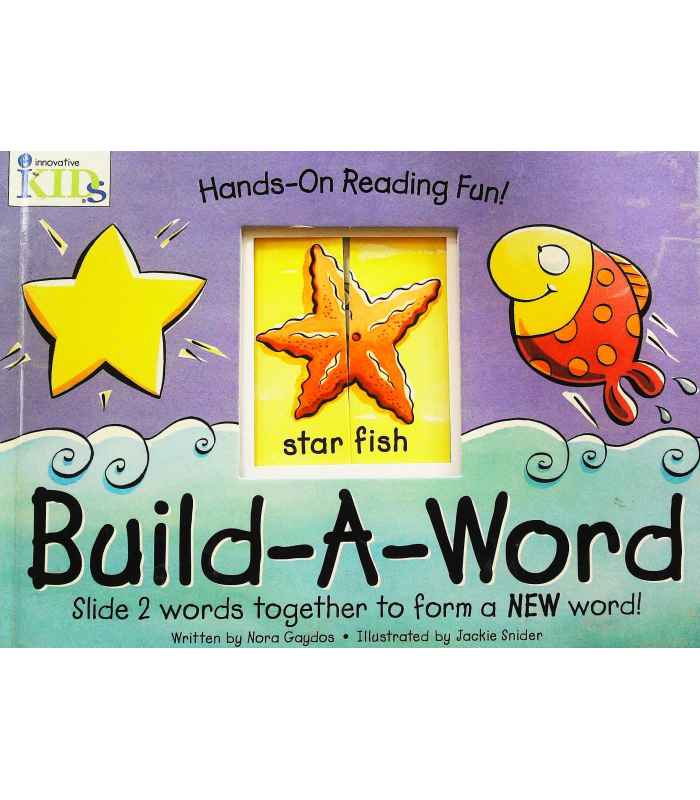

You may disagree with the exact placement, but I’m guessing you agree that Ray Bradbury belongs more on the image side of the scale than the concept side, and that Isaac Asimov is just the opposite. Here is where I would place a few well-known writers on this scale: Put this way, it is easy to see the concept/image tendency as a sliding scale. What differentiates us is the ease with which concepts and images spring up in the imagination. The conversion process is identical, regardless of which type of writer we are. And were both because whichever tendency we have, we still have to translate our imagined story events into both concepts and images. It’s important to understand that no writer is purely one or the other. But the game for whose presence he kept so keen an outlook was none that figured in the sportsman’s calendar as lawful and proper for the chase Ulrich von Gradwitz patrolled the dark forest in quest of a human enemy.” “In a forest of mixed growth somewhere on the eastern spurs of the Karpathians, a man stood one winter night watching and listening, as though he waited for some beast of the woods to come within the range of his vision, and, later, of his rifle. The last sentence in the first paragraph is a terrific example of storytelling. This story works not because he is using great details (he isn’t), but because he’s using a great concept.

He relies on generalities and passive verbs (both of which I’ve highlighted) because he’s far more concerned with the story concept than with the particular details of setting and description. The opening of Saki’s “The Interlopers” is a great example of a storyteller setting up a tale through concepts. Put simply, storytellers are concept people. People who rarely read a book more than once (because they already know how it ends) are storytellers. They have fewer problems torturing their characters or finding interesting plot twists, but their prose tends to be written in summary mode-using concepts. Storytellers often invent great story concepts but then drop them early in the writing process. Their inner world may be rich and beautiful, but they find it hard to zoom in on any particularities. They’re more concerned with the idea of a story than its execution, and may struggle when trying to convey believable details. Storytellers, on the other hand, tend to concentrate on the concepts and ideas that make their stories work. “It had been raining for seven years thousands upon thousands of days compounded and filled from one end to the other with rain, with the drum and gush of water, with the sweet crystal fall of showers and the concussion of storms so heavy they were tidal waves come over the islands.” Here is a single sentence from the first page of “All Summer in a Day.” Note the images. Ray Bradbury, for example, is a terrific wordsmith. If you’ve ever written something you loved without really knowing what it meant, you probably have wordsmith tendencies. Wordsmiths typically describe things in glorious detail, but struggle to give those details meaning. Wordsmiths will go back and read a certain passage from a favorite book not just because of how it works as a story or how emotive it was the first time, but because the words sound so cool the way they’re arranged. They love the sound of words, the texture words create in the mind. Wordsmiths tend to focus on images created by words and phrases. Recognizing your own tendencies is not a magic formula for writing success, but it can be enlightening. Writers tend to be predominately either Wordsmiths or Storytellers. Schwabauer’s first post on finding your identity as a writer »


 0 kommentar(er)
0 kommentar(er)
